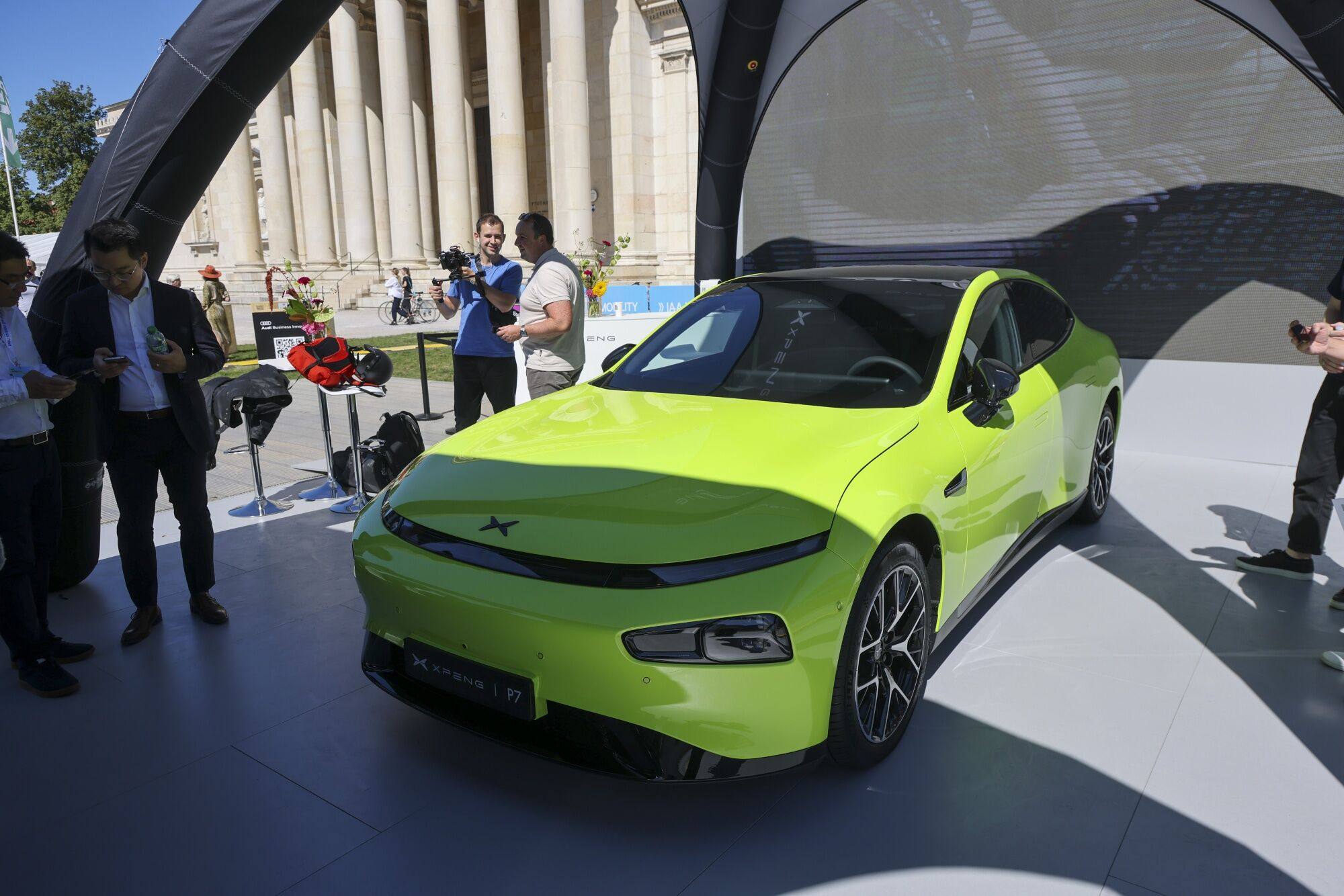
Stagflation in Europe a bigger worry than China’s economic slowdown
- Like China, EU economies are struggling with sputtering growth. But they have one more headache China does not have – persistent high inflation that makes easing monetary policy difficult. Europe is already facing a hard landing
The first was the much weaker-than-expected recovery in China. A sharper downturn would have significant spillover effects for the rest of the world, especially if it were accompanied by much tighter financial conditions stemming from an abrupt repricing of risk.
The second major source of concern was increasing evidence that the dramatic increase in interest rates since the middle of last year was taking its toll on global growth and trade.
Yet, despite these headwinds, the OECD urged leading central banks to keep policy restrictive until there were clear signs that “underlying inflationary pressures were durably lowered”. Tellingly, it warned there was limited scope for rate cuts “until well into 2024 for most advanced economies”.

Europe, on the other hand, not only has a growth problem but also an inflation one. The plunge in manufacturing output in Germany, Europe’s largest economy, makes the decline in China look mild by comparison. A German purchasing managers’ index for the sector stood at a calamitous 39.1 last month. This contributed to the fastest rate of contraction in the euro zone since November 2020, survey data compiled by S&P Global shows.
As if that were not bad enough, core inflation – which strips out volatile food and energy prices – in the bloc has remained above 5 per cent for the past year, higher than in the United States and much higher than the 2 per cent target of the European Central Bank (ECB).
The Economist recently warned that Germany was at risk of becoming “the sick man of Europe”. This is debatable. What is clear is that Germany has been hit by a triple whammy of an energy price shock, a botched transition to net zero carbon emissions and, crucially, the downturn in China’s economy.

Yet, at least Germany has enjoyed decent growth since the 2008 financial crash. The euro zone’s other big economies have fared worse, in particular Italy, whose output per capita – a better measure of living standards – has fallen. It is these economic divergences, which almost tore the euro zone apart in 2011-12, that are coming back to haunt the bloc.
Only one country uses the renminbi. In Europe, 20 use the euro. Conducting policy in the euro zone is like herding cats, especially at a time when borrowing costs are rising sharply in the face of a steep downturn.
Not only have interest rates reached their highest level since the euro’s launch in 1999, the ECB “has delivered as much tightening in the space of 15 months as [Germany’s central bank] did from the start of our data in 1948”, noted Deutsche Bank in a report published on September 15.
This has fuelled concerns about a major policy mistake. Not surprisingly, Italy – whose massive public debt burden makes it particularly vulnerable to rising rates – has accused the ECB of exacerbating Europe’s downturn. Its prime minister, Giorgia Meloni, said the anti-inflation cure “will prove more harmful than the disease”.

She may well be proven right. But with underlying inflation still too high – and oil prices up nearly 30 per cent since late June – the ECB cannot afford to cut rates and may even be forced to raise them further.
While there are doubts about whether the Federal Reserve can pull off a soft landing for the US economy, Europe is already suffering a hard landing. High inflation and weak growth are the nightmare scenario for policymakers.
Although the euro zone has so far been spared a financial crisis, it is knee-deep in an economic one. China faces a similar predicament. But stagflation is the worst of both worlds. Europe, not China, is the biggest cause for concern right now.
Nicholas Spiro is a partner at Lauressa Advisory

